Dr. Michael Garr, Ph. D. aka "Doc Garr"
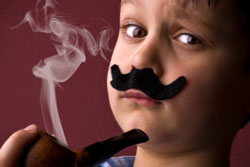 The 2011 National Youth Tobacco Survey (NYTS) data were recently made public by the Centers for Disease Control. The NYTS is a nationally representative sample of students grades 6 through 12. The survey yielded a total sample size of 18,866.
The 2011 National Youth Tobacco Survey (NYTS) data were recently made public by the Centers for Disease Control. The NYTS is a nationally representative sample of students grades 6 through 12. The survey yielded a total sample size of 18,866.
The survey asks two questions about pipe smoking. The first is: "Have you ever tried smoking tobacco in a pipe, even one or two puffs?" Of the 18,595 that answered the question, 7.9% responded yes to it. Now this is a pretty broad measure capturing anyone just taking a puff from dad’s pipe even once years ago to regular users of pipes.
The second question sorts out the experimenters from the more regular user. It asks: "During the past 30 days, on how many days did you smoke tobacco in a pipe?" The results can be seen in Chart 1. As can be seen in the table, 3.6% of youth have smoked a pipe in the past 30 days. Most young people smoked sporadically during the last month. But 0.6% of young people were serious pipe smokers, smoking a pipe every day for the past 30 days.
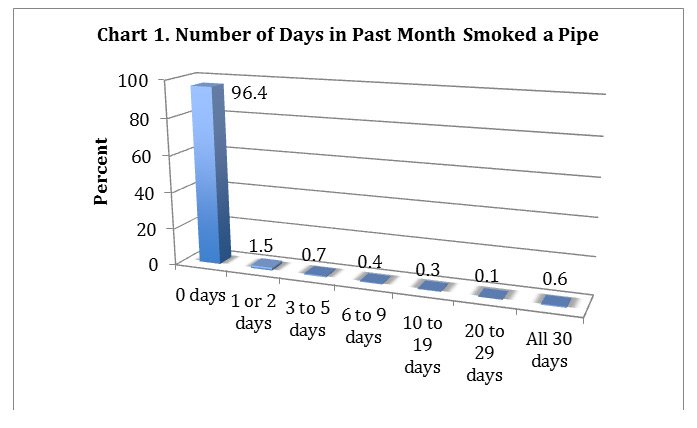
As might be expected, pipe smoking increases with age, as shown in Chart 2. The "Ever" column takes into account the total sample with complete cases of 18,439 while the "Everyday" column only takes into account the 104 young people who reported smoking a pipe all 30. Not surprisingly, as people get older, the more likely they are to take a few puffs of a pipe. However, those smoking everyday shows the problem of small sample sizes. This can be seen with the 1.4% of those under the age of 12 reporting smoking daily, clearly bucking the trend of pipe smoking prevalence and age. If we ignore this age category, the remaining ages show the same kind of trend as with ever smoking. The older you are, the more likely you are to not only try a pipe, but smoke a pipe regularly.
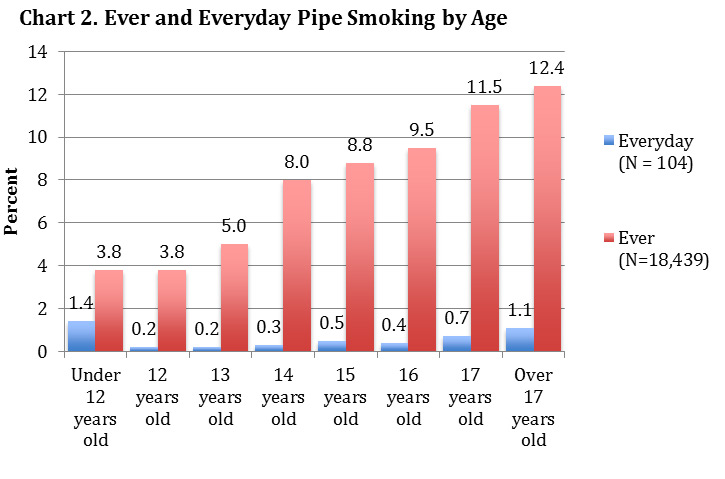
Finally a more sophisticated analysis was done with ever smoking. Using a statistical technique called binary logistic regression we are able to estimate factors that affect whether a young person will at least try and smoke a pipe. For example, for each year older young people are, there is an 18% increase in the likelihood they will try a pipe.
Using other questions found in the survey I find some interesting relationships. One question asks: "During the past 30 days, how much money did you have each week to spend any way you wanted" with seven response categories ranging from none to more than $50. For each increase in the amount of money young people have, they are on average 13% more likely to try a pipe. So someone with $50 to blow is almost twice as likely than someone with no money to try a pipe.
Another question asks if any one else who now lives with the respondent smokes a pipe. Those who answered "yes" to this question were six times more likely to try a pipe than those who said "no." Clearly knowing someone who smokes a pipe, who is probably older, has a major effect on trying a pipe.
Then there were some attitudinal items that affected trying a pipe. Young people were asked if they believe that smoking in the home should (1) never be allowed, (2) sometimes be allowed, or (3) always be allowed. As you move from response (1) to response (2) you are twice as likely to try a pipe. Likewise moving from response (2) to (3) you are twice again as likely to try a pipe.
Another attitudinal item was whether young people thought that "breathing smoke from other people’s cigarettes or other tobacco products is" (1) not harmful at all to one’s health to (4) very harmful to one’s health. As might be expected, the more harm respondents see in second-hand smoke, the less likely they are to try a pipe. As we move from 1 to 2, 2 to 3 and so on up the scale, we are 26% less likely to try a pipe.
Another question asked about whether smoking makes a person "look cool or fit in." The response categories range from (1) definitely not to (4) definitely yes. Young people who respond "definitely yes" are 75% more likely to try a pipe than those who said "definitely not."
The final question I looked at was whether young people feel that people who smoke cigarettes have more friends. The response categories to this question are the same as the previous question ranging from (1) definitely not to (4) definitely yes. Similarly, those who said "definitely yes" are 75% more likely to try a pipe than those how said "definitely not."
If pipe smoking is increasing among young adults, where does this trend start? Some of it begins even before a young person graduates from high school. We would expect that pipe smoking, like other risky behaviors, would blossom during the college years. At the same time, certain beliefs and attitudes, particularly those in response to anti-smoking messages, have an effect on whether a person is going to try, even once, a pipe. These messages are strong. For example, 70% of the respondents thought that second-hand smoke was very harmful and another 22% thought it was somewhat harmful. So only 8% were critical of the second-hand smoke issue.
Further, smoking is not viewed as something cool any more, if it ever was. Almost 90% of young people disagreed that cigarettes make a person look cool and fit in. Likewise, over two-thirds believed that cigarette smoking did not increase the number of friends a person had.
As negative attitudes and beliefs fostered by anti-smoking propaganda increases, barriers to trying a pipe should also increase. It’s not clear what happens to these attitudes and beliefs once a person enters college. But it appears that it is going to be an uphill battle. As a result, we will need more positive messages about pipe smoking in particular if the lifestyle choice is going to continue unencumbered by government agencies. We will need more Gandalf’s and more Juno’s on screen smoking pipes. We will need the current increasing number of college students, who have decided the pleasures of pipe smoking outweigh the hyperbolized claims of the anti-smoking lobby, to provide positive role models to future cohorts of college students and to provide them with opportunities to try a pipe. Finally we need to get around this zero-tolerance approach to the dangers of tobacco and to some saner tobacco policies that perhaps take a harm reduction approach to tobacco use so that pipe and cigar smoking, due to the lack of inhalation, is a safer form of tobacco use than cigarette smoking.
Related Article: Age and Pipe Smoking, 1999 – 2010
Another article by Doc Garr is: "The Ritual of Smoking a Pipe"
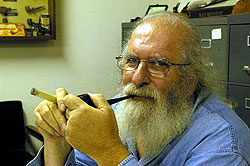 "Doc" is currently president of The United Pipe Clubs of America and Pocono Intermountain Pipe Enthusiasts. In 2011 Doc won the national slow-smoke championship in Chicago and competed in the World Cup in Eindhoven, Netherlands, where he came in 69th out of 338 smokers. He has been a pipe smoker for almost 25 years. When he is not smoking a pipe, Doc is Professor of Sociology at Wilkes University. He also moonlights at El Humidor, Wilkes-Barre, PA, a tobacco store. "Doc" is currently president of The United Pipe Clubs of America and Pocono Intermountain Pipe Enthusiasts. In 2011 Doc won the national slow-smoke championship in Chicago and competed in the World Cup in Eindhoven, Netherlands, where he came in 69th out of 338 smokers. He has been a pipe smoker for almost 25 years. When he is not smoking a pipe, Doc is Professor of Sociology at Wilkes University. He also moonlights at El Humidor, Wilkes-Barre, PA, a tobacco store.
|




.gif)

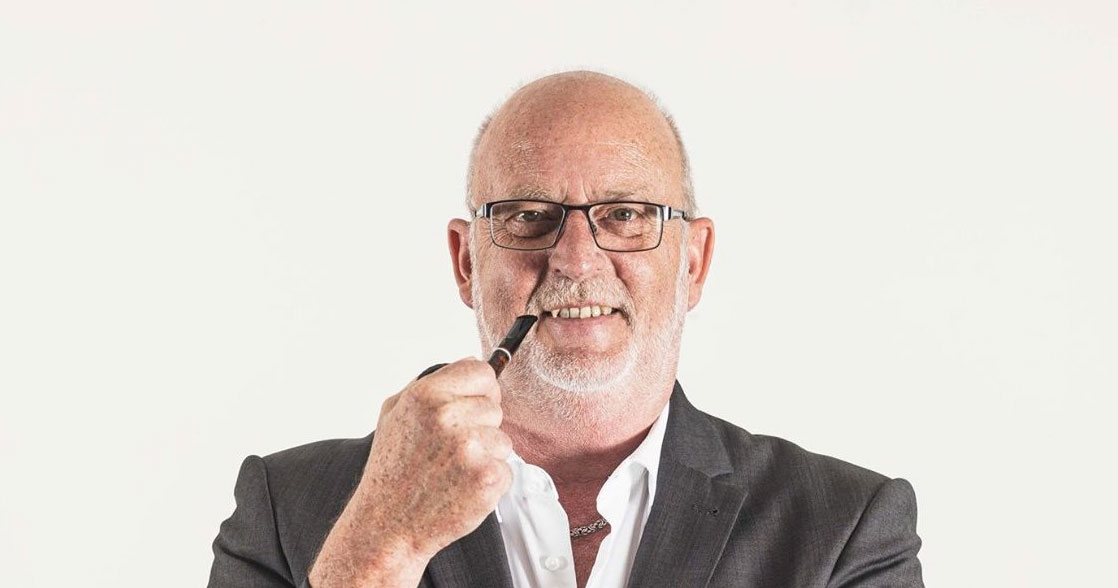




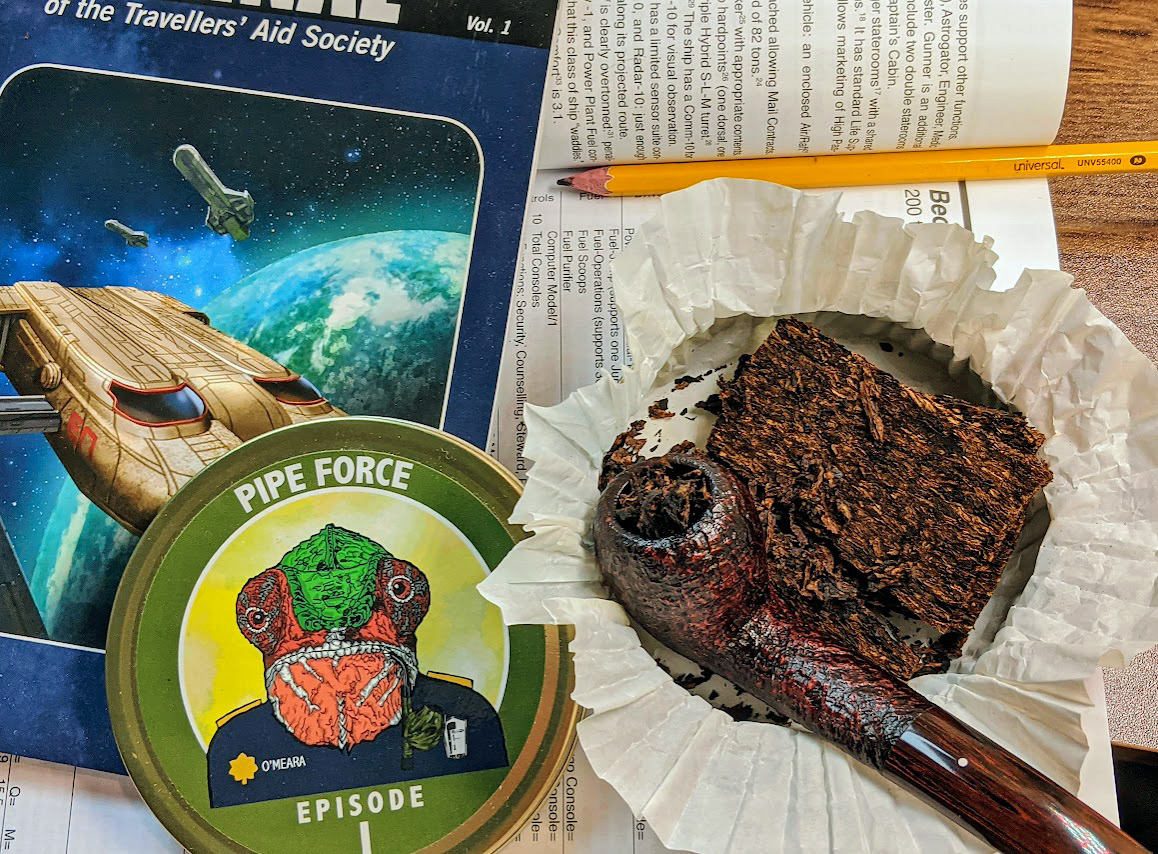



The fascinating thing to me is that as tobacco use continues to be demonized, simultaneously, the glorification of marijuana use increases. I’d be curious if these same polls compared and contrasted those. In particular, the attitudes towards the two products. I suspect ever increasing numbers see marijuana as “safe” or “cool”, while tobacco use in any form continues to be viewed negatively.
@jgriff – I agree 100%. It’s baffling how attitudes have done a 180. This is right up Doc’s alley. Sociology is one of his areas of expertise. Maybe he can find some more data that will enlighten us.
There are more under 12 year olds out there smoking a tobacco pipe every day than there are 17 year olds?
Huh?
“There are more under 12 year olds out there smoking a tobacco pipe every day than there are 17 year olds?
Huh?”
Well, it’s measured in percent, so that is not necessarily true. It depends on the sample size of each category.
Cool analysis! I’d like to see the connection of using one form of tobacco to another… for ecample, are individuals who smoke cigars or cigarettes more likely to try a pipe, or smoke a pipe regularly. I imagine there is a positive correlation, but I’d like to see how strong it is relating cigarette use to both regular pipe and cigar use. Do kids typically smoke any form of tobacco, or will they trade off cigarretts for premium tobacco?
I agree jgriff. When it comes to any survey of people under 18 about things that are illegal the numbers really can’t be taken seriously. They will fill it out one way to be cool, another way afraid they may be tagged for replying yes. Smoking tobacco is more demonized than smoking marijuana today. Polls show 95%+ people hate tobacco but almost half are for legalization. Remember we are hated and will only get worse. Raise the cost of gas two cents and people scream, add 300% in taxes and more regulations on tobacco and they cheer. How many new smokers are there going to be when a tin of Escudo is $250?
We just published a related article guys –
https://pipesmagazine.com/blog/put-that-in-your-pipe/smokeless-in-seattle/